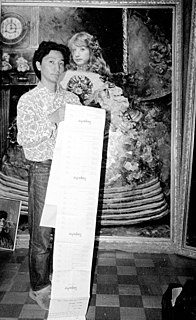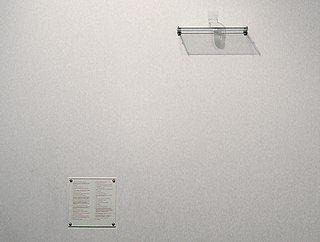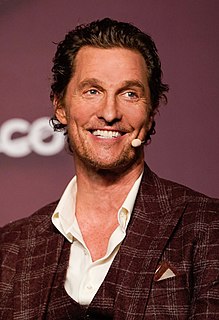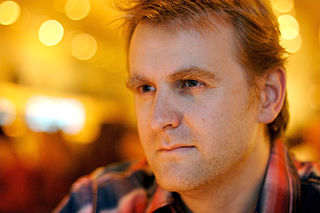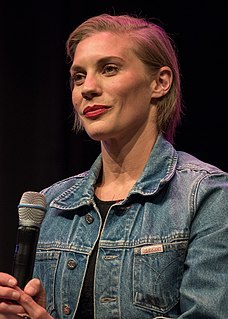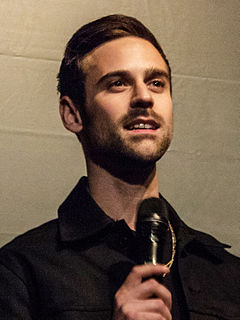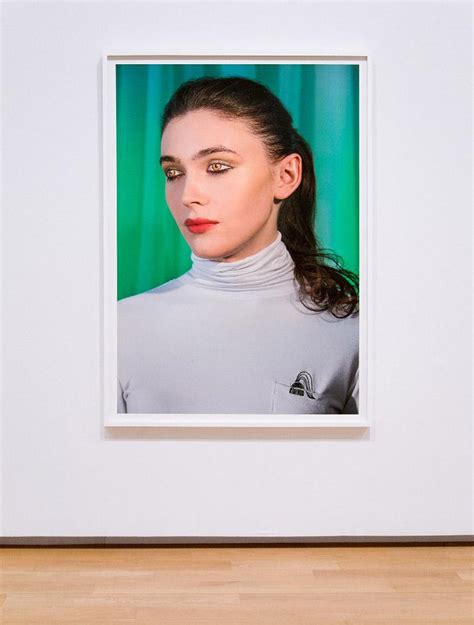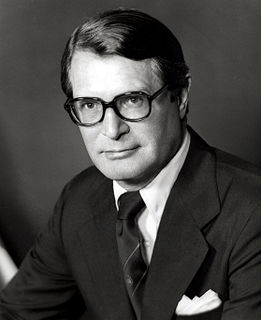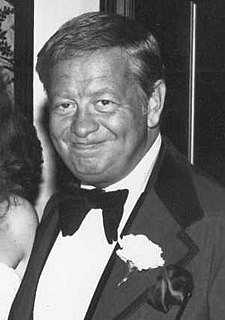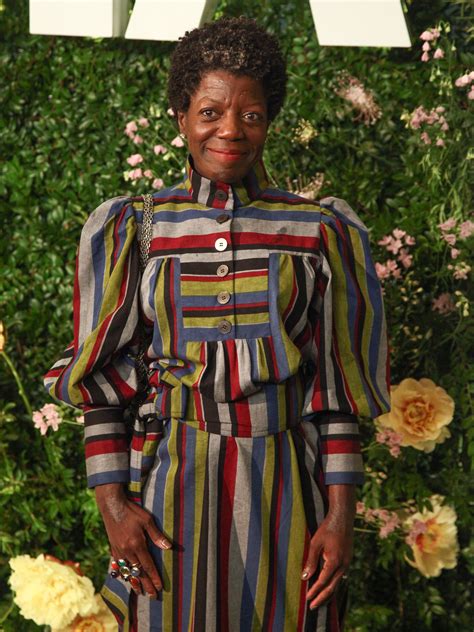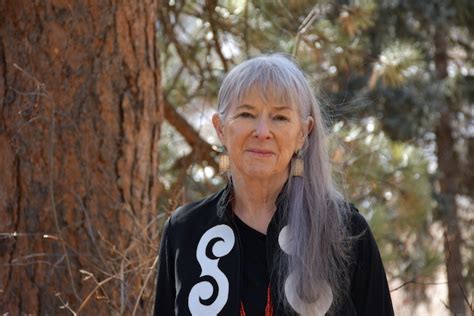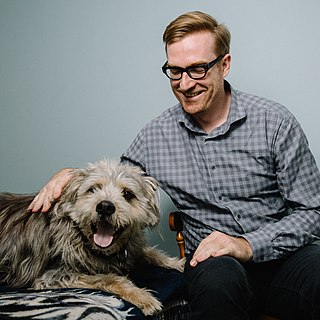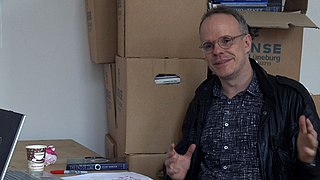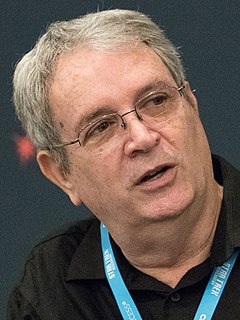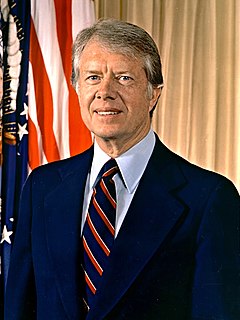A Quote by Yasumasa Morimura
I planned the exhibition so that it becomes a story where the viewer travels through these islands [of ideas]. Whether the contents of each chapter came first or the artist came first in making the decision was different in each case.
Related Quotes
The first exhibition that I used bright colours in painting the room was at a gallery in Paris, and there were seven rooms in the gallery. It was very nice gallery, not very big rooms, around the courtyard, it was a very French space. So I painted each room in different colour. When people came to the exhibition, I saw they came with a smile. Everybody smiles - this is something I never saw in my work before.
The idea was that we would decide the order when we looked at the proofs. I remember Brion Gysin saying "Well, why change it? It's perfect the way it is, the way it came from the printer." Made one major change, that is, the first chapter that came from the printers, which would be the beginning, we moved to the end. The first chapter became the last chapter. There's no actual cutups in Naked Lunch.
Each of the films, whether it’s Magic Mike or Dallas Buyers Club, was a challenge for me. I had to dig deeper. Also, my decision to shake things up came after my first child was born. I had taken nearly two years off and I thought that I would enjoy my time as a dad and wait until something interesting came along.
I bring up 'The Heist,' and you can almost cut that record down the middle between songs where the beat came first and the words came second, and songs where the words came first and the beat came second. It can start with a vibe, a beat that drives a story, or it can start with a story and then trying to identify the tone to tell that story right.
I would look at the first chapter of any new novel as a final test of its merits. If there was a murdered man under the sofa in the first chapter, I read the story. If there was no murdered man under the sofa in the first chapter, I dismissed the story as tea-table twaddle, which it often really was.
There is a place where the human enters dream and myth, and becomes a part of it, or maybe it is the other way around when the story grows from the body and spirit of humankind. In any case, we are a story, each of us, a bundle of stories, some as false as phantom islands but believed in nevertheless. Some might be true.
I used to worry that I had a finite supply of ideas, that I should hold on to each of them in case it was the last. But then I talked to other cartoonists, and I realized ideas are cheap; you can have a million ideas. The tricky part is the follow-through: making good ones work, making the best out of the raw material!
When the Internet came along, at first it was just a medium for moving text around - books first, then pictures, finally video. Each time the bandwidth expanded, so did the capabilities of the medium, and each time it happened, the Internet cannibalized preexisting formats. And each time, those formats had to adapt. Or die.
I first came into the labor force in 1941 when the minimum wage was 40 cents an hour, and that was my first job. And each time that we've tried to boost the lower level of salary for the most underpaid workers, there have been predictions of catastrophe. But each time, in [m]y opinion, the change has helped our Nation and its economic strength.
